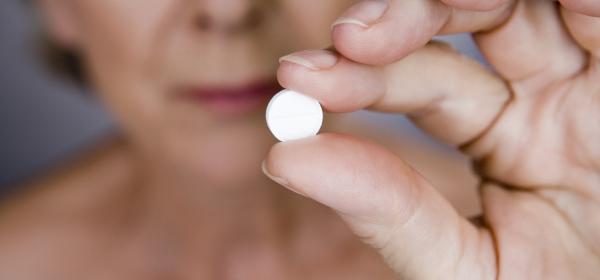According to the latest U.S. Generic and Biosimilar Medicines Savings Report, Americans who took generics and biosimilars saved $338 billion in health care costs in 2020 and nearly $2.4 trillion in the last decade. These medicines provide budgetary relief throughout the U.S. health care system, and taxpayers in all 50 states benefit from the savings generated for Medicare and Medicaid enrollees. On average, states saved $6.6 billion from the use of generics and biosimilars in 2020.
What about your state? Use AAM’s interactive tool to discover your savings.
A few highlights from around the country:
- California savings came to $30.4 billion, including $10.6 billion and $6.3 billion in Medicare and Medicaid savings, respectively. Along with Florida, Ohio and Michigan, California is a state with a large Medicare population.
Biosimilars truly gave me my life back!Meet Jeni
- New Jersey saved $9.9 billion with generic and biosimilar medicines, including $3.7 billion in Medicare savings and $1.7 billion in Medicaid savings. New Jersey was one of the states with the highest per capita Medicaid savings, along with West Virginia, Kentucky, Louisiana and North Dakota.
If I didn’t have generic prescriptions, I probably wouldn’t be here.Meet Ariel
- Florida saved $21.5 billion with generic and biosimilar medicines. This figure includes $8 billion in Medicare savings ($2200 per enrollee) and $2.6 billion in Medicaid savings ($702 per enrollee).
It’s done everything that the brand-name drug did, plus it’s much cheaper. Those generic savings have really come in handy, because I’ve been able to help my grandchildren with their college savings.Meet Doug
State Savings Fact Sheets
To view a full break down of generic and biosimilar savings by state and payer type, choose a state in the drop-down menu to download a one-page summary of how much that state saved from generic medicines.
More Resources
- AAM’s Prescription for State Savings. Meaningful action is needed to lower brand prescription drug costs while ensuring sustainable competition in the pharmaceutical sector. This resource outlines several solutions states could pursue.
- Issue Area: State Legislation. Learn about AAM’s perspective on the ways states should—and shouldn’t—try to address rising drug prices.
- Share Your Story. If you or a loved one takes generic or biosimilar medicines, AAM wants to get to know you.
Medicare Facts
- Average state Medicare savings: $2.1 billion
- Without generic competition, 2020 Medicare drug spending would have been almost double its current level.
Medicaid Facts
- Average state Medicaid savings: $1.1 billion
- Medicaid enrollees use 7.5 prescriptions per enrollee per year and use generics more than commercial or Medicare Part D enrollees.
- Thirty-nine states have taken advantage of a provision in the Affordable Care Act to expand their Medicaid programs to cover all people with household incomes below a certain level. These states have 1.1% higher generic use than those that have not.
Growth Potential
A recent study by the Pacific Research Institute’s Center for Medical Economics found “massive” potential for state and taxpayer savings through the adoption of biosimilars. Center director Wayne Winegarden said, Every state would experience significant savings in the state Medicaid programs from expanding the use of biosimilars compared to the more expensive originator biologics.
Note on Methodology
AAM’s savings data are provided by the IQVIA institute, which estimates state-level generic savings by apportioning total savings for each molecule by each state’s share of the national retail prescription volume. This method embeds two assumptions: first, that prices are uniform across the country; and second, that retail prescription activity mirrors prescription activity in other channels, notably mail order.

By Erica Klinger, Senior Director, Marketing
Published on February 9, 2022

